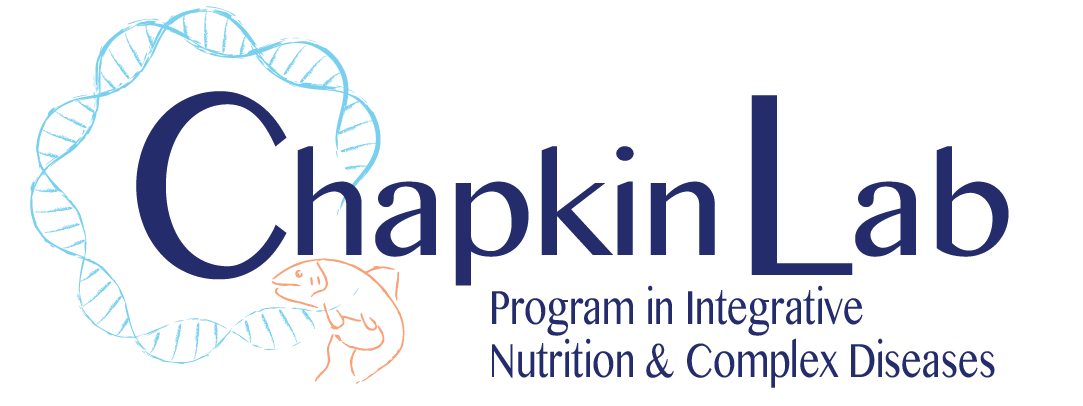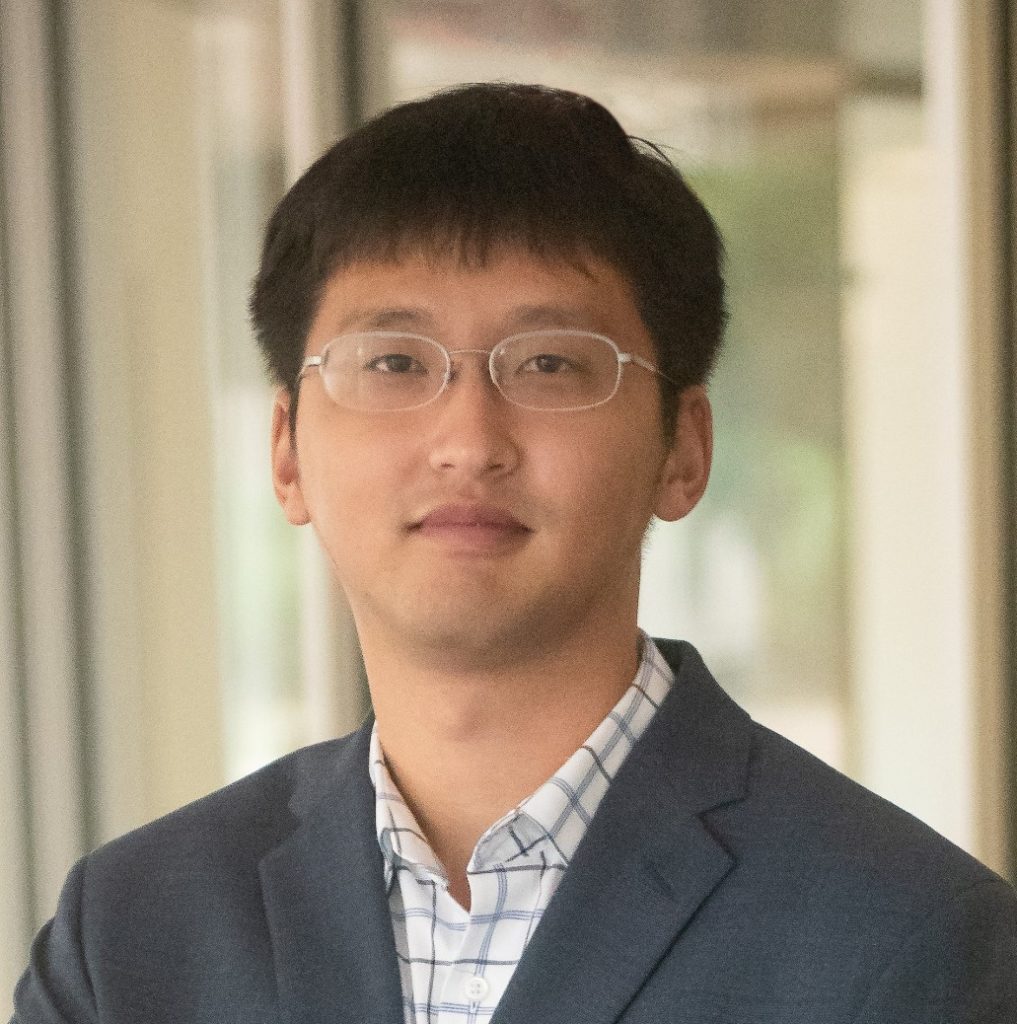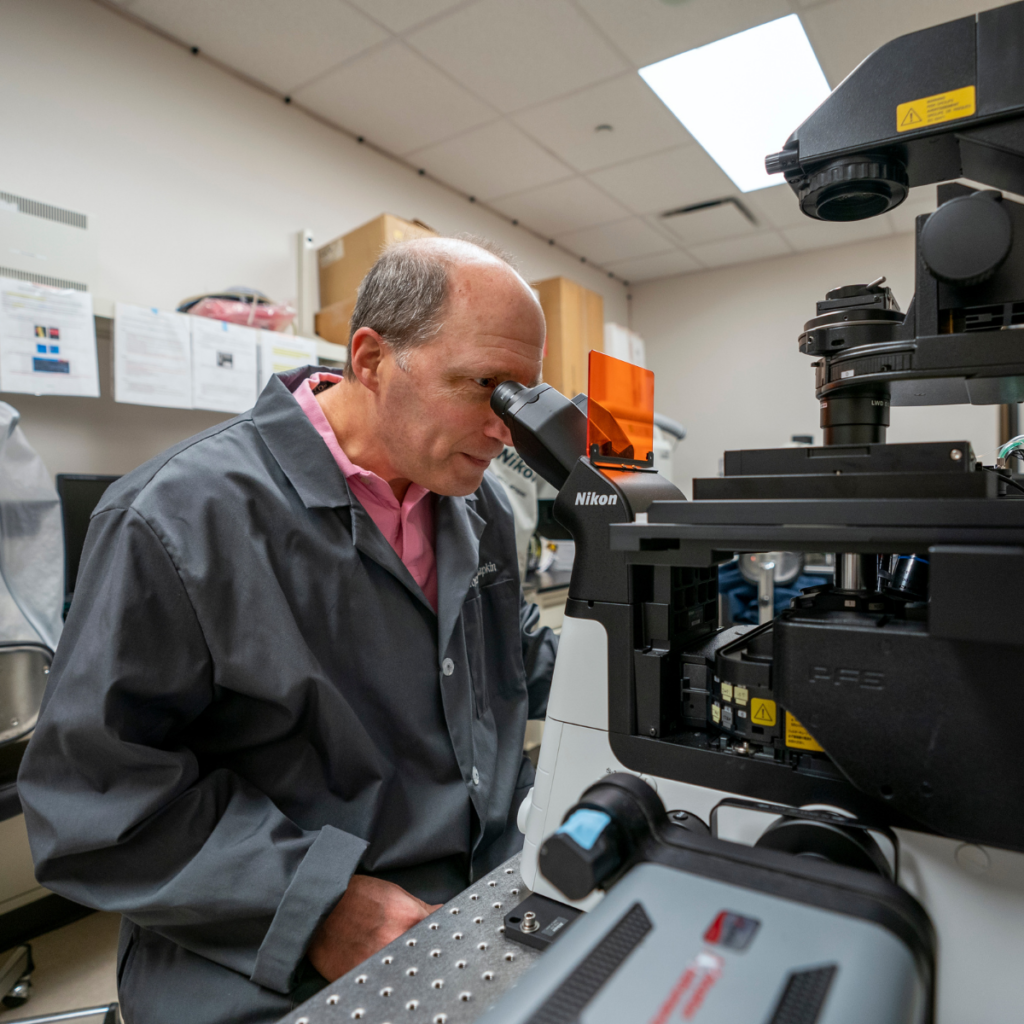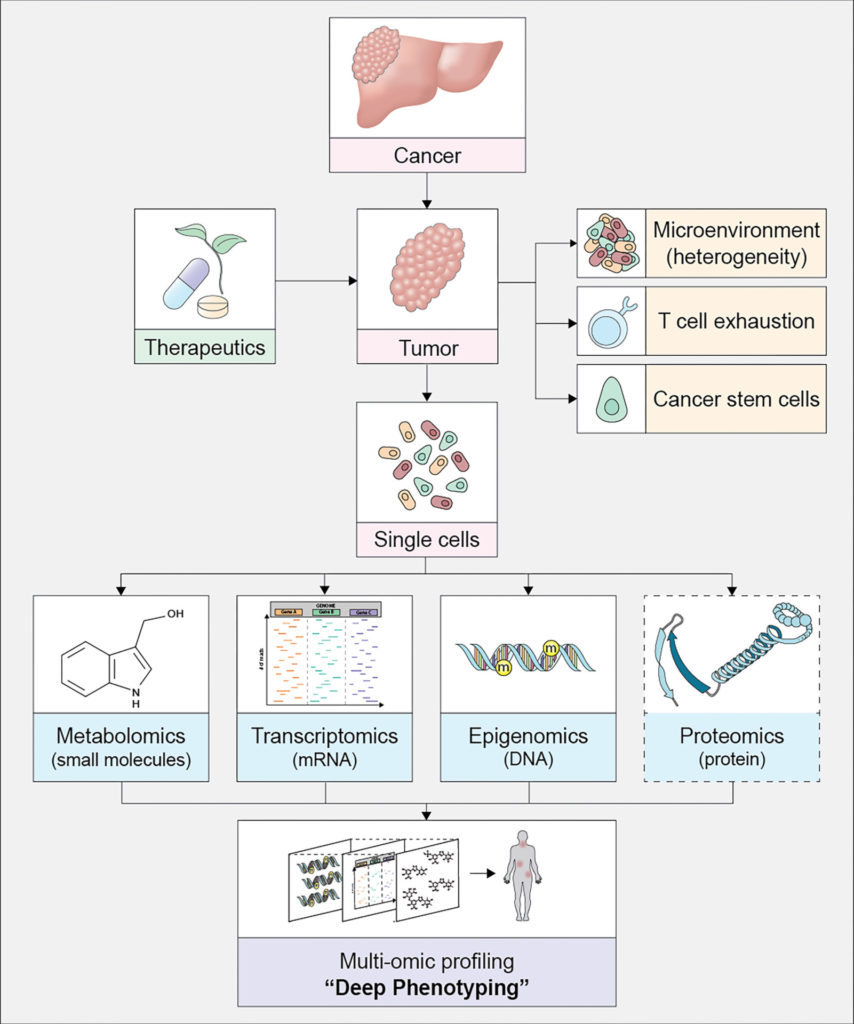 Congratulations! Dr. Robert S. Chapkin has been reappointed as the holder of the William W. Allen Chair in Nutrition & Chronic Disease Prevention in the Department of Nutrition for a second 5-year term from December 1, 2022 to November 30, 2027.
Congratulations! Dr. Robert S. Chapkin has been reappointed as the holder of the William W. Allen Chair in Nutrition & Chronic Disease Prevention in the Department of Nutrition for a second 5-year term from December 1, 2022 to November 30, 2027.
As the holder of the William W. Allen Chair in Nutrition since December 1, 2017, Dr. Chapkin’s research has transformed the cancer chemoprevention field by demonstrating the utility of plasma membrane nanodomain and aryl hydrocarbon (AhR) nuclear receptor targeted therapies to suppress oncogenic signaling. He also spearheaded the discovery of the field of non-invasive precision nutrition, i.e., mRNA-based applications using stool derived exfoliated cells for assessing host responsiveness to diet. This transformative body of work has enabled multi-omic longitudinal applications in deep phenotyping related to the analysis of gut microbe (prokaryotic) and host (eukaryotic) crosstalk in response to diet and chronic disease risk.
Dr. Chapkin is an exceptionally productive scientist, having published 300 peer-reviewed manuscripts (70 since 2017), 27 book chapters, 316 abstracts, and is listed as co-inventor on three patents. The fact that his papers have been cited over 18,810 times (>5,254 times since 2018) and have an h-index of 76 (37 since 2018) clearly demonstrates that Dr. Chapkin continues to have a significant impact in his discipline and has achieved an exceptional level of scholarship.
Dr. Chapkin is currently a University Distinguished Professor, Regents Professor, University Faculty Fellow, and Allen Endowed Chair in Nutrition & Chronic Disease Prevention. He was recognized as an American Association for the Advancement of Science (AAAS) Fellow (2018) and awarded a highly prestigious National Cancer Institute (NCI) R35 Outstanding Investigator Award (2016-2023) to extend novel cancer prevention strategies to delineate the nuclear and plasma membrane targeted mechanisms modulating stem cell responses to exogenous (diet-derived) and endogenous (gut microbial) bioactive agents.





